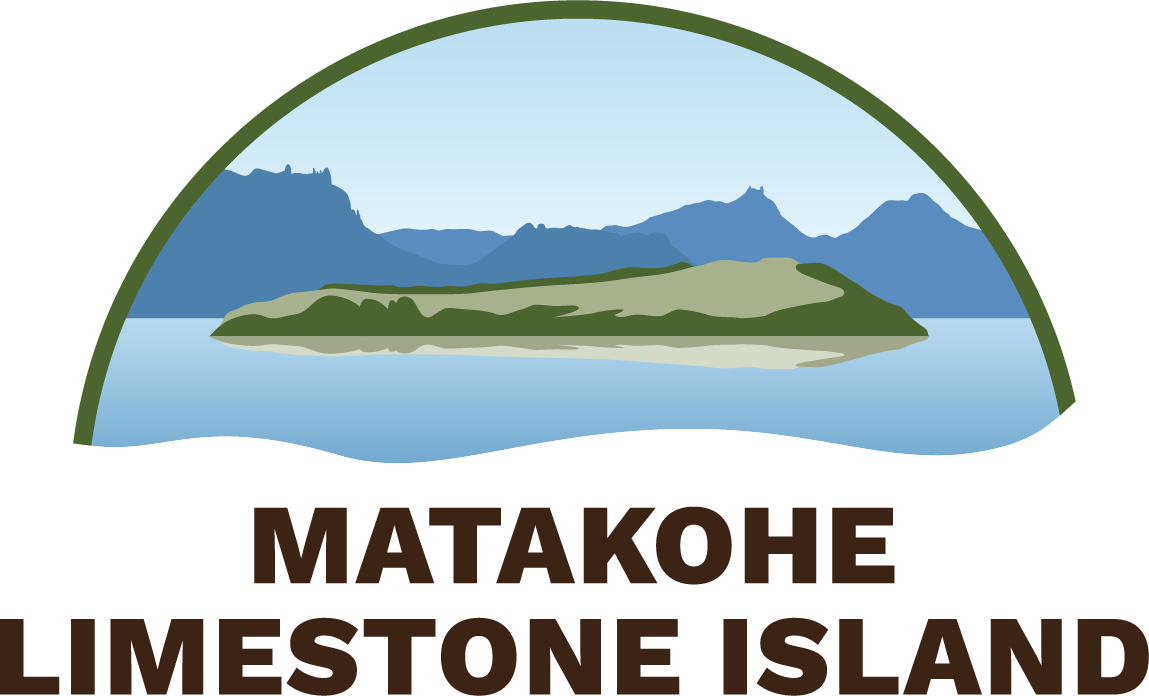Meet the Residents
Wildlife on Limestone Island
Photo by Wanderwild Photography
Protecting Aotearoa’s vulnerable biodiversity
Introduced pests, including predators such as stoats, rats and ferrets, and weeds like moth plant and ginger have had a devastating impact on Aotearoa’s native flora and fauna. An estimated 2,800 NZ native species are now either threatened or endangered. With predator-free areas such as Matakohe Limestone Island there is the chance to restore our native species and watch them thrive.
Wildlife that flourishes on Limestone Island
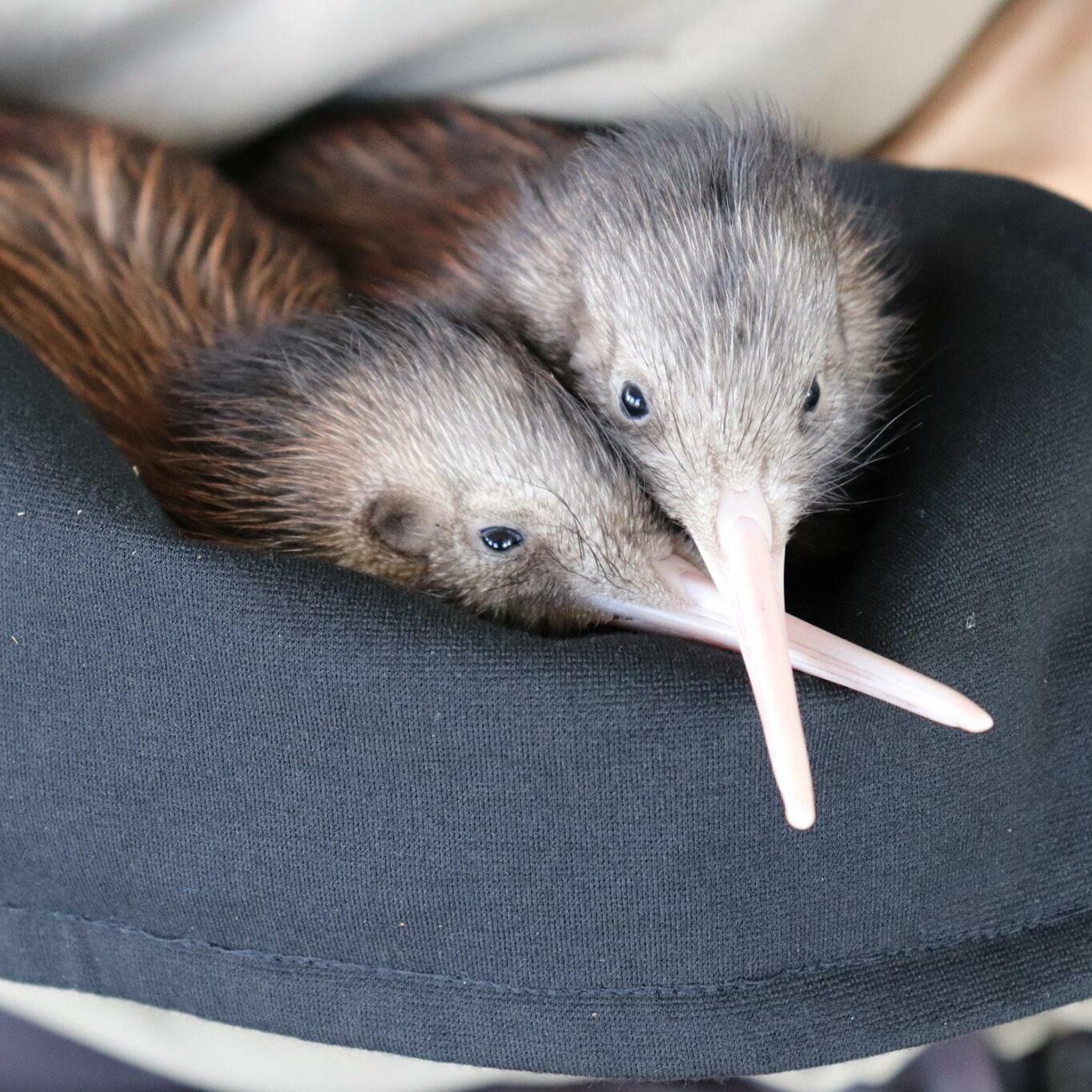
North Island Brown Kiwi
At any one time, 50 to 60 kiwi live on Matakohe Limestone Island. Newly hatched kiwi are brought from the mainland to the predator-free island, where they live wild until they become young adults. When a kiwi reaches 1.2kg in weight, it can better fend off predators like stoats. At this stage, the birds can be translocated back to the mainland.
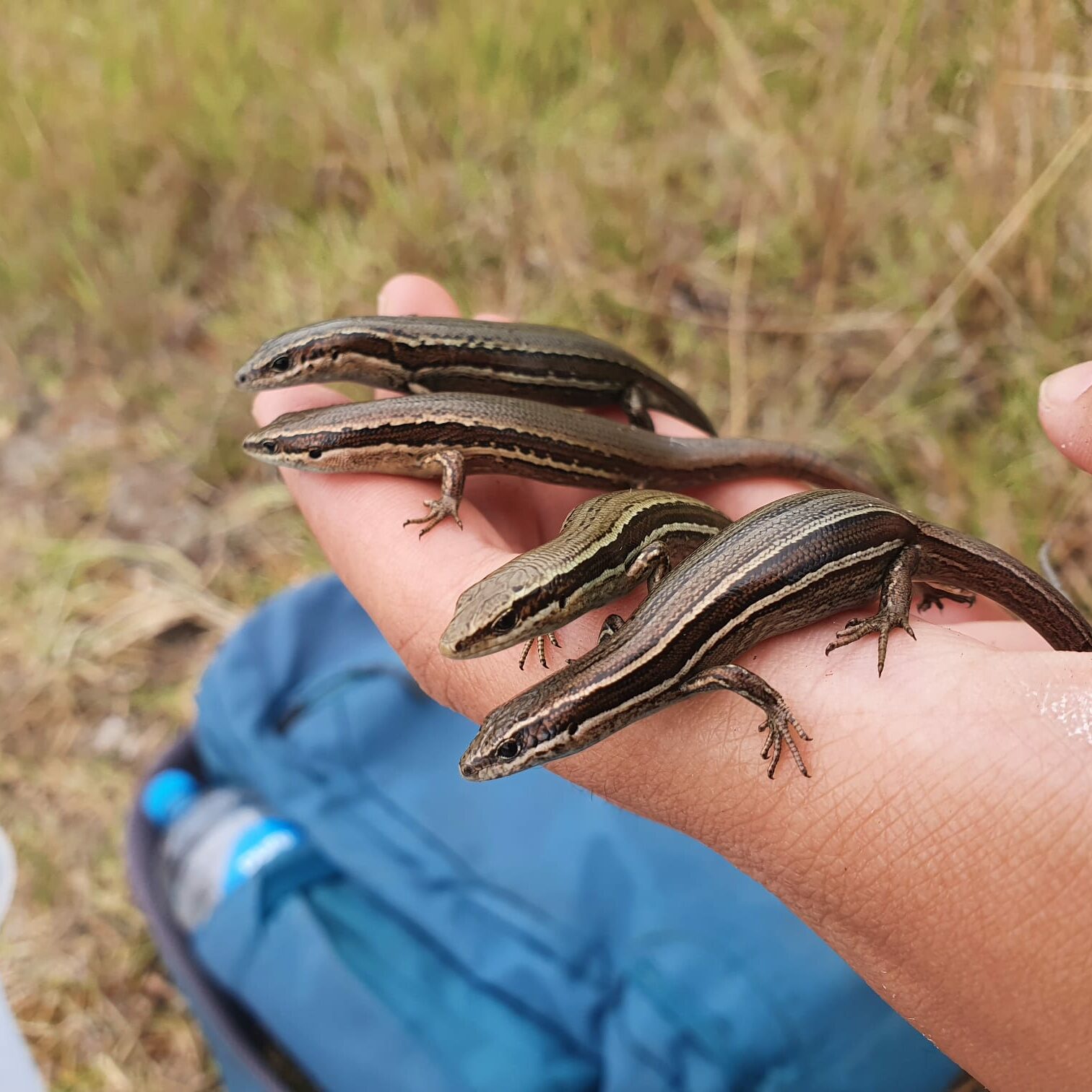
Lizards
Nine native lizard species live on Matakohe Limestone Island. The ground-dwelling copper skink was the only remaining species when the island’s restoration began. Between 2007 and 2014 eight more lizard species were introduced. Shore, ornate, moko, and suter’s skinks live in ground-level habitats around the island, while the common, pacific, forest, and green geckos live in the trees and shrubs.
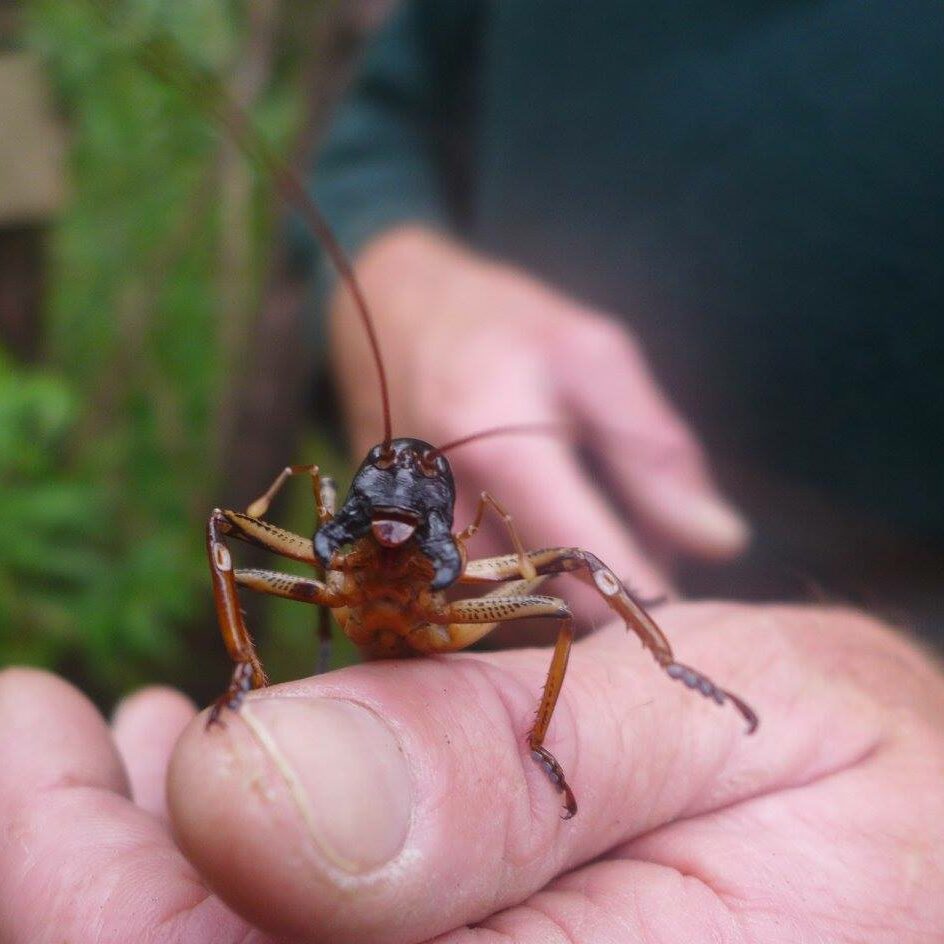
Insects
A range of native insects are found on Matakohe Limestone Island, including re-introduced stick insects, and Auckland tree weta. Once low in numbers, giant centipedes are now common in the absence of introduced predators. Insects play an important role in the island’s ecosystem by improving soil health and providing a food source for birds and lizards.
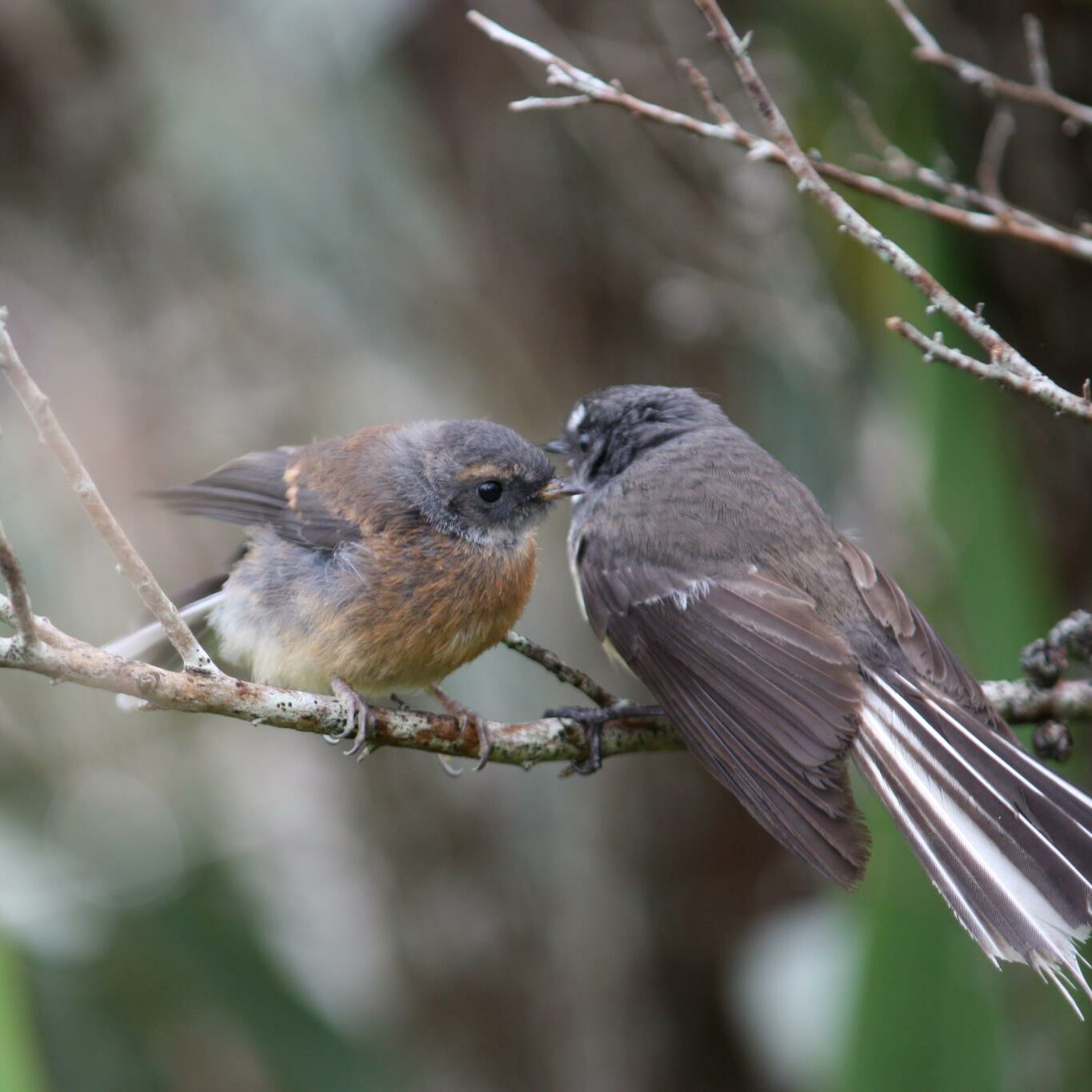
Forest and grassland birds
As well as kiwi the regenerating forest and grasslands on Matakohe Limestone Island are home to a variety of native birds. The banded rail and fernbird, both classified as being nationally at risk, declining, self-introduced once the island became predator-free. Pīhoihoi (pipit), fantail, grey warblers, silvereyes, and Australasian harriers are commonly seen and heard on the island.
Larger birds such as the kukupa, morepork, shining cuckoo and tui are seasonal visitors, when food sources are available on the island. On occasions, the threatened/nationally critical Australasian bittern has been seen in the salt marsh on the southern side of the island.
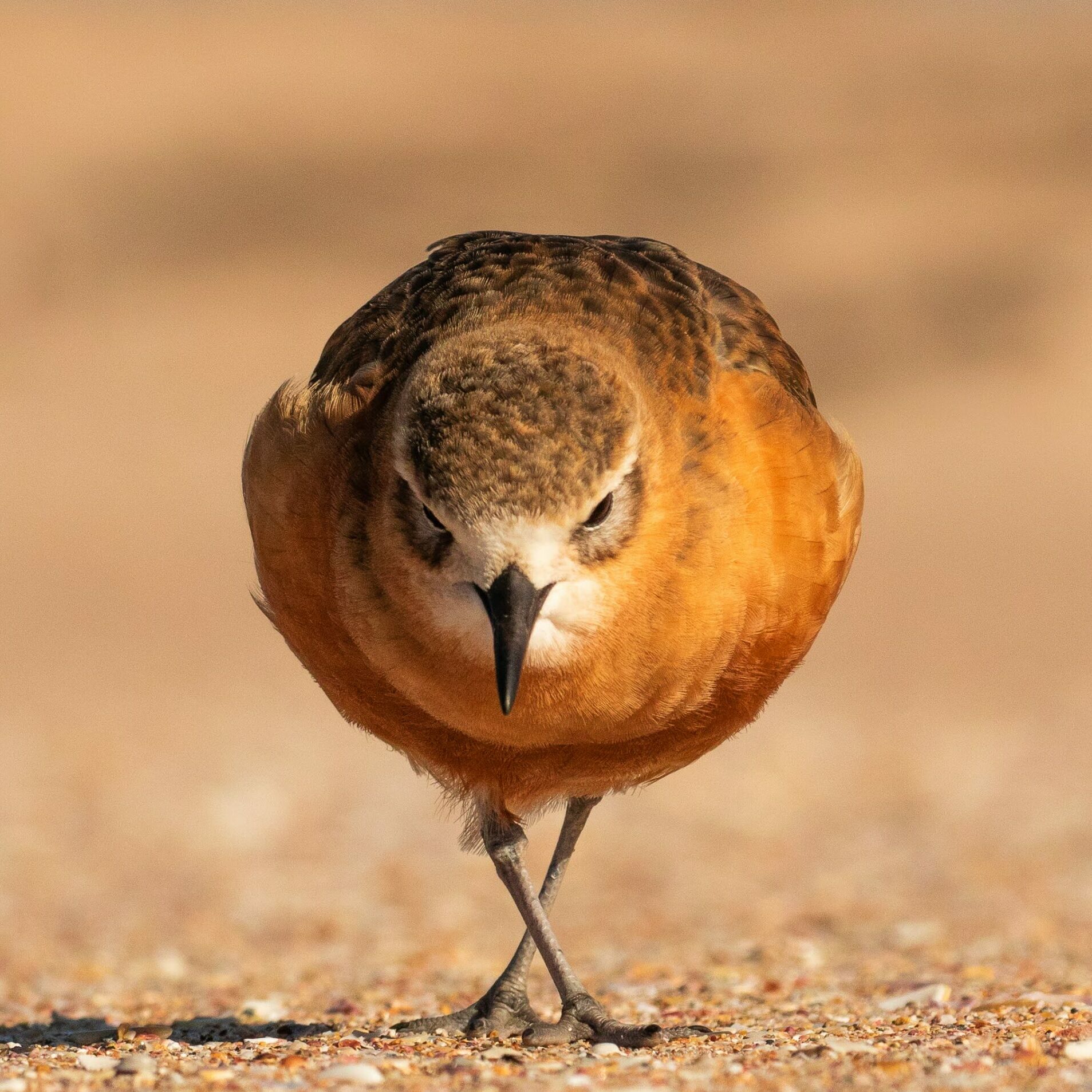
Shorebirds
Matakohe Limestone Island is used by a variety of threatened and at-risk shorebirds seasonally or year-round for feeding, roosting, and breeding.
Threatened and at-risk shorebirds that use Matakohe Limestone Island.
| Shore bird species | Conservation Status |
|---|---|
| Reef Heron/Matuku Moana | Threatened – Nationally Endangered |
| Caspian Tern/Taranui | Threatened – Nationally Vulnerable |
| Little Black Shag/Kawau Tūī | At Risk – Naturally Uncommon |
| Royal Spoonbill/Kōuku Ngutupapa | At Risk – Naturally Uncommon |
| Bar-tailed Godwit/Kuaka | At Risk – Declining |
| Pied Shag/Kāruhiruhi | At Risk – Recovering |
| Variable Oystercatcher/Tōrea Pango | At Risk – Recovering |
| South Island Pied Oystercatcher/Tōrea | At Risk – Declining |
White-faced herons, kingfishers, black-backed gulls, and red-billed gulls are also commonly seen around the island. In 2004, oi (grey-faced petrel) were reintroduced to Matakohe Limestone Island. The reintroduction technique was new at the time, so there was no guarantee that fledging oi would return to Matakohe after spending a few years at sea feeding. But in recent years, a pair has returned and fledged chicks of their own.
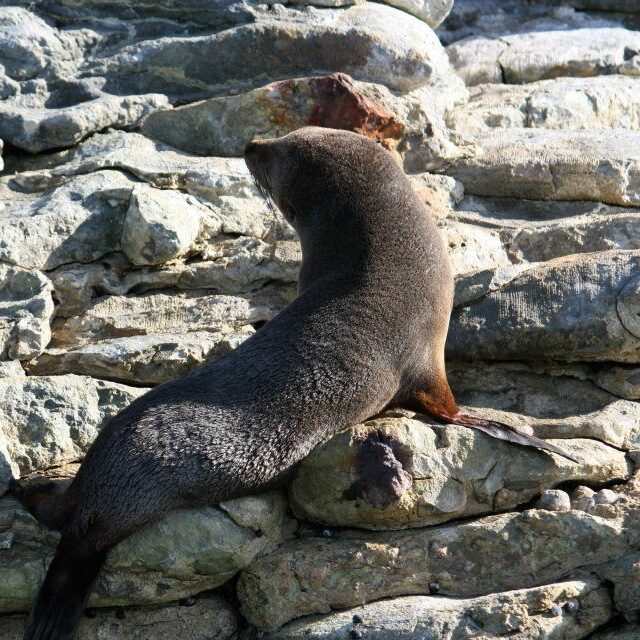
Seals
Young fur seals regularly visit Matakohe during the winter months, where they can feed safely in the water around the island and rest on the beaches. In 2017, a leopard seal made itself at home, spending several weeks living on the island’s floating pontoon.
Matakohe Limestone Island’s kiwi creche
North Island brown kiwi chicks are raised on the island and grow up in a safe environment, away from most pests, until they’re big enough to defend themselves against predators such as stoats. Several times a year, the Friends of Matakohe Limestone Island organise kiwi release events where you can see the birds up close, learn more about them and find out how you can support our conservation projects.
